Nerdio CRO Landes: Cloud Is ‘The Foundation’ Of Copilot
'The foundation of copilot is having your data in the cloud and being in the cloud – not having your data on a server somewhere,' Nerdio’s Joseph Landes tells CRN.

That’s according to Joseph Landes, co-founder and chief revenue officer of Nerdio, who told CRN in an interview that solution providers getting customer data into the cloud will allow customers to leverage that data for GenAI use cases.
“The foundation of Copilot is having your data in the cloud and being in the cloud – not having your data on a server somewhere,” Landes said.
[RELATED: Nerdio Adds Partner Resources, AI To Its Microsoft Cloud Management Suite]
Nerdio Works With Microsoft Azure Partners
Matthew Maines, director of strategic accounts at Worksighted, a Holland, Mich.-based Nerdio and Microsoft partner, told CRN in an interview that his company has seen high demand from customers around remote work even this long after the height of the global COVID-19 pandemic.
“Even the boss wants the same experience at home and the office,” Maines said.
Chicago-based Nerdio – a member of CRN’s 2024 Channel Chiefs – has also jumped into the AI craze, launching a private preview this month of the AssistPro GenAI tool for answering user questions.
During the vendor’s recent NerdioCon event in Punta Cana, Dominican Republic, CEO and co-founder Vadim Vladimirskiy highlighted other areas where AI technology will improve the vendor’s tools.
He told the audience to expect a ScriptPro GenAI bot for Nerdio Manager for Enterprise that will generate PowerShell scripts among other tasks, and InsightPro for writing reports based on queries such as finding users who logged in in the past year but haven’t been active recently.
The vendor is adding AI functionality to reduce manual work, make recommendations to enhance environments, help with description creation and detect personally identifiable information (PII) in logs, Vladimirskiy said.
During NerdioCon, Landes also revealed new milestones for the vendor, which quadrupled its audience count from 160 in 2023 to more than 600 this year. Nerdio now has more than 250 enterprise partners worldwide and influences more than $225 million of Azure consumption.
The vendor also has plans for 24 MSP training camps worldwide focused on bringing customers into Microsoft Cloud.
As for moving customers off of legacy virtual desktop technology and into Microsoft Azure Virtual Desktop (AVD), Windows 365 and other related offerings, Landes told CRN that customers are leaving the legacy vendors in phases, that such a migration takes time. Legacy vendor customers might also need to wait for the end of a long-term contract.
“We were with a customer who really, really, really wanted to get off of their, let's call it, legacy on-prem VDI,” Landes said. “They had such an investment in the apps that they were going to do it, but it's not like we're doing it tomorrow. … They say, ‘OK, we can move these 10,000 users now. And once we get this application, we ensure that there's application compatibility, then we can move this next tranche of users.’ … You have to start somewhere.”
Nerdio positions itself as the missing connector between Microsoft and MSPs bringing Azure to smaller but valuable customers. “If someone puts their virtual desktops into Azure, if they put their data, everything is an Azure, that's a very sticky customer,” Landes said. “That's a sticky SMB customer. And then what we believe is if an MSP builds out the expertise around a cloud practice, and all my customers are eventually going to do this, then that's ultimately I think what Microsoft wants.”
Read on for more of what Landes told CRN about the future for Nerdio and Microsoft Azure.
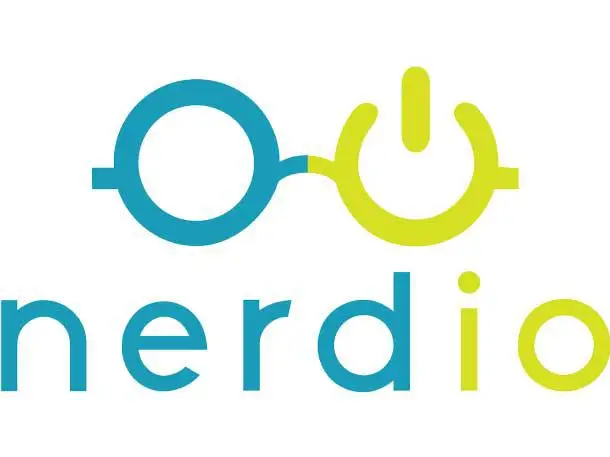
What should current and prospective partners know about what’s ahead for Nerdio?
There's never been a better time to build a cloud practice using the Microsoft Cloud, we've tried to stay very consistent with that – that Nerdio is a company that's going to empower you, whatever kind of partner you are, to build a successful cloud practice using the Microsoft Cloud.
When we started, the company was all about Microsoft Azure. … And then we really expanded toward AVD and Windows 365. And into, now, Defender.
And I think if you're a partner that is contemplating whether now is the time, you're probably a little bit behind. It's actually past the time. It's hard to miss the exciting stuff that Microsoft talks about with copilot and things like that.
But the foundation of copilot is having your data in the cloud and being in the cloud – not having your data on a server somewhere.
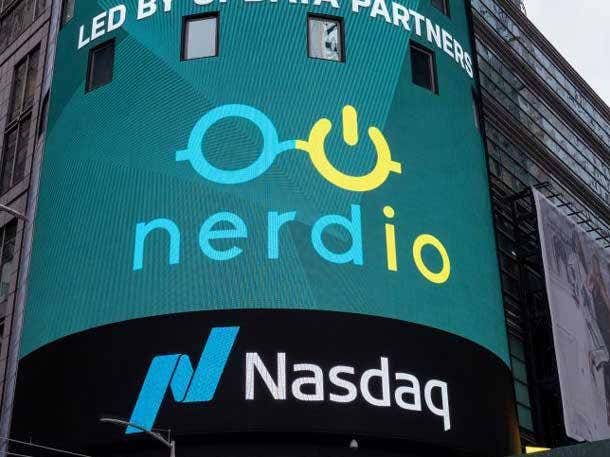
Have you heard of partners using Nerdio to improve their Microsoft partner scores?
I actually wrote this paper like a year and a half ago … it was essentially how you could improve your partner score by using Nerdio. … You've got to add some Azure customers. You have got to grow your consumption. You've got to use the advanced workloads.
Those are all things that we help with. … You have to win somewhere to win everywhere. You just have to start doing something. People say, ‘Wow, it's really hard to build a cloud practice.’
Well, yeah, you're not going to have all of your customers in the cloud. I was with a partner … He said, ‘Oh, we're so excited. Things are going so well with Nerdio.’ I said, ‘Oh, that’s great. How many managed service customers do you have?’
He said, ‘About 40.’ How many do you have with Nerdio? He said, ‘We have about four.’ I said, ‘That's amazing. You have 36 opportunities now to move customers to the cloud.’
We're still at the beginning of the journey. And part of that is going to be the MSPs having to take a little bit of a leap of faith and say, ‘Let's just try this. Let's win somewhere.’
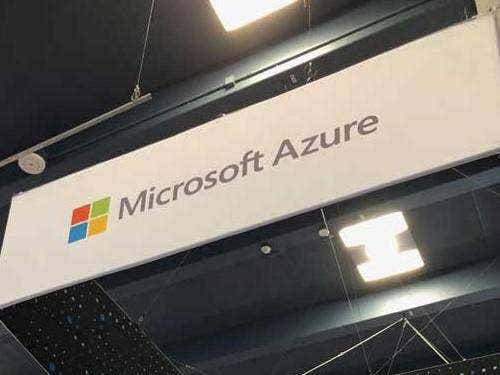
Will we see Nerdio grow further into the Microsoft stack?
When we started the company, we were all about Microsoft Azure. I even felt that there were some days that we were very ahead of the curve. Five years ago, not as many MSPs were moving to the cloud on Azure for a lot of really good reasons that led us to start the company.
But more and more … we'd get partners saying, ‘This Intune thing is actually just as complicated as Azure. Are you planning to do something there?’ And I remember presenting this slide … of all the services that come with Microsoft 365 Business Premium.
You can't even read it because there are like 100 services you get with your Business Premium license. And then you ask the room, ‘Are you using Business Premium?’
Most people say, ‘Yes. I'm using Teams, Outlook … Exchange and OneDrive. And then I put up another slide that was a little easier to read. I said, ‘OK, did you know that you get multi-factor authentication? Did you know that you get a bunch of, basically, RMM (remote monitoring and management) capabilities in here? Did you know you get anti-phishing? Anti-malware? And you're out there buying all these point solutions?
I'm not the one to say whether some vendor solution is better or worse, but why don't you at least look at what you're getting for free? And Intune is a big piece of that.
But the problem is people just are challenged to do some of the same things that they want to do with Azure. How do I use it? How do I deploy it? Intune isn't multi-tenant. It's not cross-tenant, and I need to be multi-tenant, across-tenant. … Once we build this out more … I think you'll see a lot of MSPs ask themselves, ‘Why am I not using this in a more serious way?’ And maybe to the exclusion of some other product that I'm buying.

What is fueling this current customer interest around virtual desktops?
It is similar to what we saw when the pandemic started. And the desire for people to be able to work anywhere on any device anytime. That's sort of the fundamental thing. … Not to have to be tethered to a specific device.
Before the pandemic, we always used to call it work from home. Now, we call it … work from anywhere. That's what people want – to be able to work from anywhere. … The flexibility of being able to have access to their desktop in a secure way anywhere. We continue to see that.
And then from a company perspective, there's the, ‘OK, I've been on this legacy, on-prem technology for a long time from Citrix and VMware – (they) were really the pioneers of the technology, there's no question – and my company's investing in the cloud, so why are we not moving users to the cloud for DaaS (desktop-as-a-service).
And now that Microsoft has invested in such a big way, and has given people so many ways to go to the cloud with AVD, Windows 365, now Azure Stack HCI, where you can run AVD on-prem, there's no excuse anymore for a company to not migrate their on-premises state into the cloud. That's what we're seeing more and more and more.
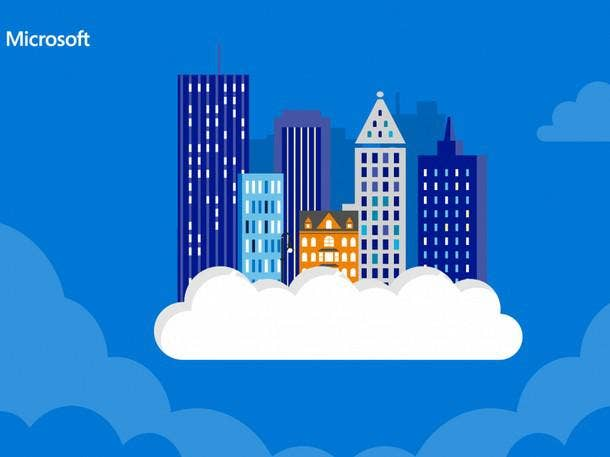
What are the obstacles to leaving legacy vendors for Azure?
I don't know if I'd say obstacles. It could be the technical debt. We were with a customer who really, really, really wanted to get off of their, let's call it, legacy on-prem VDI (virtual desktop infrastructure).
They had such an investment in the apps that they were going to do it, but it's not like we're doing it tomorrow. What we end up seeing, particularly with very large enterprise companies — one of the largest oil and gas companies just moved to Nerdio, one of the largest hotel chains in the world uses Nerdio … a lot of them are moving in a staged way. They say, ‘OK, we can move these 10,000 users now. And once we get this application, we ensure that there's application compatibility, then we can move this next tranche of users.’
I think it's happening. And it goes to what I said before, you have to start somewhere. That's not an excuse to use legacy technology. So start somewhere. You have to do a pilot. … Do a department. … It's happening. Now, I think that's why some of the legacy VDI providers are trying to lock people into three-year contracts, which is not the way we operate. We don't lock anyone into anything. … Major discounting. … We've run into customers who the vendor knows that they're locked in, they know that there's no way they can move all their apps over quickly.
They (the customers) are up for renewal, and they (the vendors) raise the price by 40 percent. And I don't think that that engenders great loyalty down the road.
We just say we operate differently. We're very clear that we've bet on the Microsoft Cloud. We support all the Microsoft DaaS technologies. That's who we are. If you want to go pay-as-you-go through the Microsoft Azure marketplace, you could do that.
If you want to sign a one-year contract, you could do that. We're not forcing anyone into anything. But there is that technical – maybe you'd call it compatibility. I'm thinking of one of the largest train subway operators in the world … who has like 50 Citrix engineers. Well, those people have to learn a bunch of new stuff in order to do their jobs differently. So it takes time.

Will Nerdio establish more relationships with distributors?
We've got a great relationship with Pax8 and Sherweb. And for us, it's about finding a distributor that's equally passionate about the cloud. … If you find a distributor who's just distributing everything and the cloud is just kind of one of those things, it's very hard to get traction when they just don't kind of have the same DNA as you.
We've always found that both Pax8 and Sherweb do have the same DNA as us. There's a couple of other very interesting ones, there's this very interesting distributor out in Ireland that we work with called MicroWarehouse. Same thing. Very, very cloud focused. Brings all their customers to the clouds.
We're going to be very selective if there's a market or a country ,,, For now, at least, less is more.
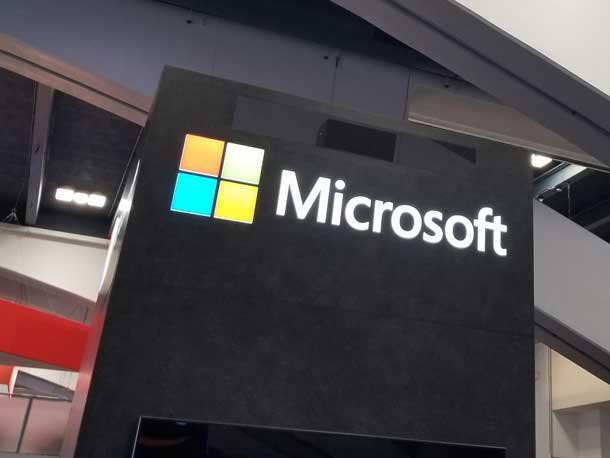
What would you like to see from Microsoft looking ahead that would help Nerdio?
It’s been great to see more and more people like Erwin Visser (an 18-plus-year Microsoft veteran who last year became the vendor’s general manager for the Cloud Service Provider (CSP) Partner Channel and Global Partner Solutions (GPS) Americas) take a more leadership role in the MSP channel. … They're really investing in MSPs.
They're really creating programs. … The more and more that in the field, I don't even mean engineering, but in the field, they could just prioritize … there's this huge audience of MSPs that really need love and are really excited about doing things.
They just need to know what the program is. … Efforts from Microsoft, they flow a lot through the indirect providers. … Microsoft 365 … I could sell that … but then I need to get into a much deeper conversation about Azure. That's where we add the most value.
We say, ‘Oh, you're interested in Azure. We've got this partner, Nerdio, that really simplifies Azure and abstracts the complexity of it. We will help you build a successful cloud practice.’
That's the ideal relationship we look at. But it's true Microsoft flows a lot of resources through indirect providers.
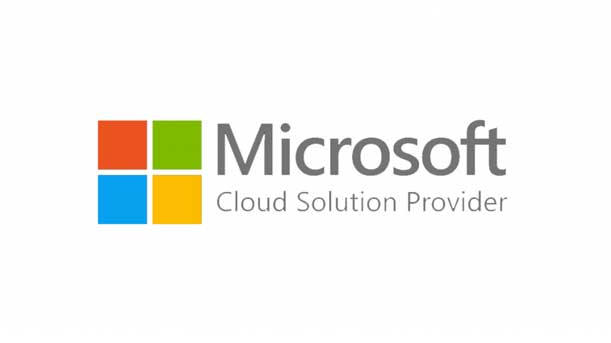
Do Microsoft solution providers remain an important part of the go-to-market for Azure, cloud and virtual desktop?
When Microsoft started pushing Azure, let's call it to the broader SMB (small and midsize business) channels served by MSPs, people at Microsoft that I spoke with were excited when they put one workload in Azure.
I opened an account, and I'm buying $100 of storage a month. So that was then counted as a customer add. But the question you have to ask yourself – is someone really in Azure if that's all they're doing? They're just backing up some files in Azure. If someone puts their virtual desktops into Azure, if they put their data, everything is an Azure, that's a very sticky customer. That's a sticky SMB customer.
And then what we believe is if an MSP builds out the expertise around a cloud practice, and all my customers are eventually going to do this, then that's ultimately I think what Microsoft wants.